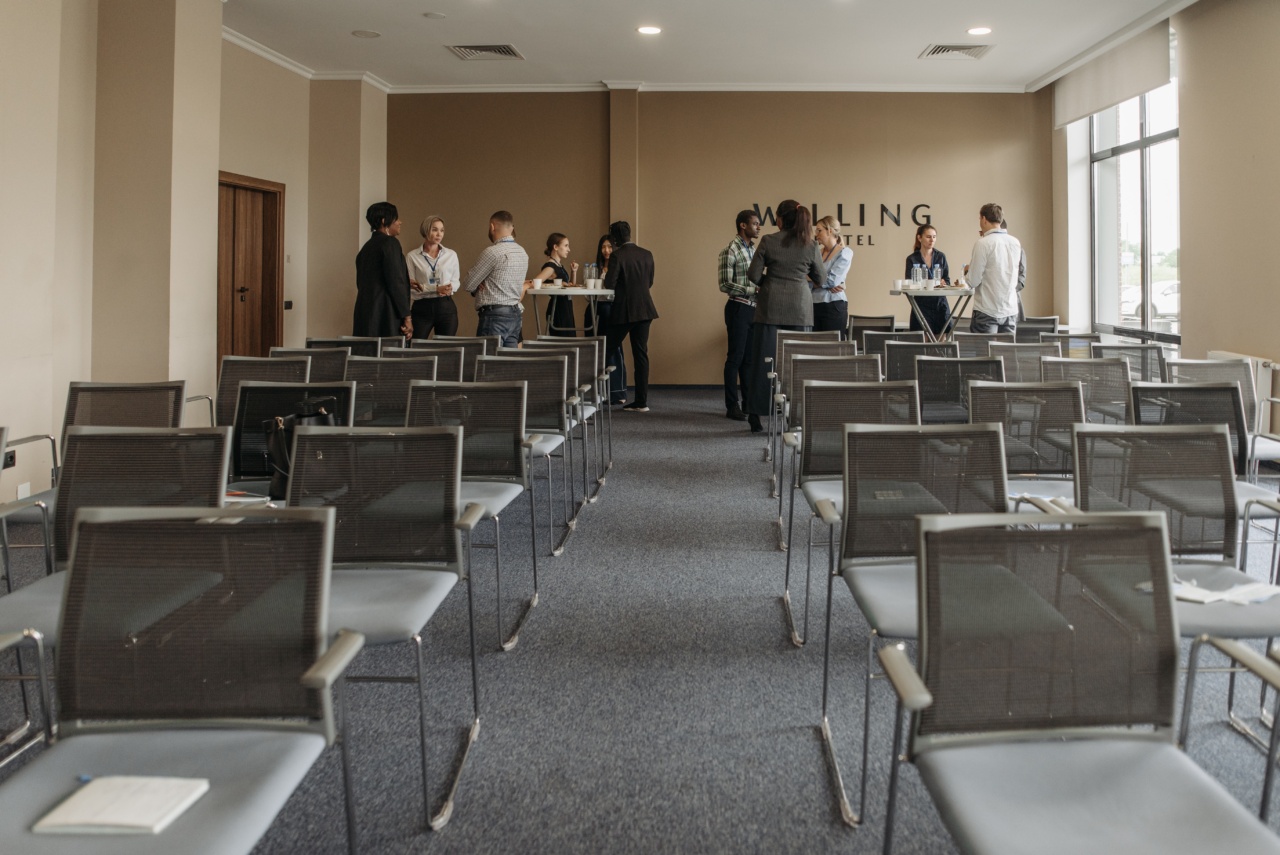Rheumatoid arthritis (RA) is a chronic autoimmune disease that primarily affects the joints. It can lead to significant pain, deformity, and loss of function in various joints throughout the body.
One joint that can be particularly affected by RA is the elbow. Rheumatoid arthritis of the elbow can cause severe pain, stiffness, and limited range of motion, making everyday activities challenging for those affected.
In such cases, arthroplasty, also known as joint replacement surgery, can be a viable treatment option to improve function and alleviate symptoms.
Understanding rheumatoid arthritis of the elbow
Rheumatoid arthritis of the elbow occurs when the synovial membrane, which lines the joint and produces synovial fluid, becomes inflamed due to the body’s immune response.
This chronic inflammation leads to the destruction of cartilage, eventually resulting in bone-on-bone contact within the joint. Over time, this can cause deformity and severely restrict the movement of the elbow.
Common symptoms of rheumatoid arthritis of the elbow include:.
- Pain and tenderness in the elbow joint
- Swelling and stiffness
- Loss of range of motion
- Weakness in the arm
- Difficulty performing daily activities
Treatment options
When non-surgical treatments such as medication, physical therapy, and assistive devices fail to provide relief or improve function, surgical intervention may be necessary.
Arthroplasty, or joint replacement surgery, involves removing the damaged joint surfaces and replacing them with artificial components made from metal and plastic.
Arthroplasty for rheumatoid arthritis of the elbow is typically recommended in cases where:.
- The joint is severely damaged, causing significant pain and limited mobility
- Conservative treatments have been unsuccessful
- The patient’s quality of life is significantly impacted
The arthroplasty procedure
Prior to the surgery, the patient will undergo a comprehensive evaluation to assess their overall health and suitability for the procedure. This may include blood tests, imaging scans, and consultation with the surgical team.
The arthroplasty procedure involves the following steps:.
- Anesthesia: The patient is given either general anesthesia or regional anesthesia to ensure they are comfortable and pain-free throughout the surgery.
- Incision: A surgical incision is made on the side of the elbow to access the joint.
- Joint preparation: The damaged or diseased joint surfaces are carefully removed, including the bone ends and any remaining cartilage.
- Implantation: Artificial components, such as a metal stem for the humerus and a plastic socket for the ulna, are inserted into the joint to replace the damaged surfaces.
- Closure: The incision is closed with sutures or staples, and a sterile dressing or bandage is applied.
Recovery and rehabilitation
Following the arthroplasty procedure, the patient will be closely monitored in the hospital for a few days to ensure proper healing and manage any post-operative pain.
Physical therapy and occupational therapy will play a crucial role in the patient’s recovery.
The goals of rehabilitation after elbow arthroplasty include:.
- Restoring range of motion
- Strengthening the arm and shoulder muscles
- Improving functional independence
- Managing pain and swelling
Depending on the individual and their progress, rehabilitation may continue for several weeks or months.
The patient will work closely with a therapist to develop a personalized exercise program and gradually increase the intensity and complexity of the activities.
Potential risks and complications
As with any surgery, elbow arthroplasty carries some risks and potential complications. These may include:.
- Infection at the surgical site
- Implant loosening or failure
- Nerve or blood vessel damage
- Stiffness or instability in the joint
- Adverse reaction to anesthesia
It is essential for patients to discuss these risks with their healthcare provider and follow all post-operative care instructions closely to minimize the chances of complications.
Outcomes and long-term prognosis
The outcomes of elbow arthroplasty for rheumatoid arthritis can vary depending on various factors, including the severity of the disease and the patient’s overall health.
While arthroplasty can significantly improve elbow function and reduce pain, it is important to set realistic expectations.
With proper rehabilitation and adherence to post-operative guidelines, many patients experience a substantial improvement in their quality of life, allowing them to perform daily activities with less pain and greater ease.
However, it is important to note that joint replacements are not immune to wear and tear, and revision surgery may be necessary in the future.
Regular follow-up visits with the healthcare provider are crucial to monitor the progress of the joint replacement and address any concerns or complications that may arise.
Conclusion
Rheumatoid arthritis of the elbow can significantly impact a person’s ability to perform daily activities and diminish their overall quality of life.
Arthroplasty offers a valuable treatment option to improve elbow function, reduce pain, and enhance overall independence. While the procedure carries risks, the potential benefits for those suffering from rheumatoid arthritis of the elbow make it a worthy consideration.
As with any surgical intervention, it is important to consult with a healthcare professional experienced in joint replacement surgery to determine the best course of action.





























